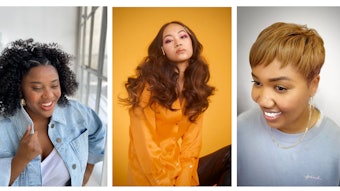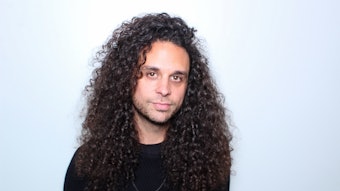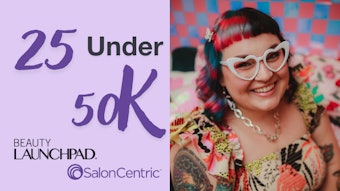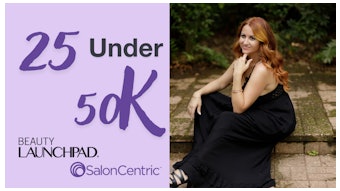
“Tanning Room Construction / Privacy: While you want to provide your tanning customers with a clean and comfortable environment, it is of the utmost importance that you design each tanning room – as well as the overall tanning treatment area – with privacy, security and safety as top priorities”.
Category: News & Events
When the first tanning salons opened back in the early 1980’s, indoor tanning was considered a passing fad that would quickly come and go. Fast forward forty years later and indoor tanning is a multi-billion dollar industry that caters to millions of the most appearance conscious consumers in the world. Each of whom will spend hundreds of dollars every year to enhance the way they look and feel.
Whether you already offer indoor tanning, either via the UV-based (ultraviolet light) systems or spray tanning systems, or, are considering adding the service, we offer some advice and points to consider that will help you to offer this service professionally and responsibly.
- FDA Clearance: All UV-based indoor tanning systems are regulated by the FDA and must obtain 510K-Clearance from the FDA before the system can legally be sold and operated in the United States. A 510K basically provides information to the FDA that the UV-tanning system has been tested for safety and efficacy, and conforms to FDA requirements regarding the output and control of the ultraviolet light emitted.
Therefore, before purchasing a UV-tanning system, be sure that the company with whom you are dealing with can provide documentation that the tanning system has 510K Clearance from the FDA.
- Insurance Coverage: All businesses that offer indoor tanning should maintain insurance coverage on each piece of equipment, including Professional Liability coverage. This vital coverage protects the salon against accidents of negligent acts that may arise. For example, Professional Liability protects the salon against claims made by customers who claim they have suffered an injury from overexposure. Even if your salon is trying to do everything right – your salon can still be placed in a position on liability.
Professional Liability claims might not be as common as a “trip and fall” claims but when they occur they usually have a pretty severe price tag associated with the claims. So, be sure that your policy includes Professional Liability for the UV exposure.
Tanning Room Construction / Privacy: While you want to provide your tanning customers with a clean and comfortable environment, it is of the utmost importance that you design each tanning room – as well as the overall tanning treatment area – with privacy, security and safety as top priorities. Tanning rooms should provide plenty of room for customers to change clothes without having to sit on the tanning beds to do so, and there should be no obstacles in the room that could cause customers to trip or fall.
The rooms must also be designed to ensure complete privacy. Walls should be at least eight feet tall to prevent anyone from peering over the top of the wall and into adjacent tanning rooms. Make sure that there are no cracks or seams in the walls or doorways that would allow anyone to see into the rooms. Also, check to ensure that there are no mirrors or reflective materials that would allow customers to be viewed or seen.
Salon / Employee Training & Certification: Depending on the state in which you operate, you may be legally required to register your tanning business with the state. You and your staff may also be required to participate in an accredited training program and provide proof that your staff has passed all training requirements.
Several companies offer affordable, on-line training programs that are recognized by all 50 states. My contact information is provided at the end of this article and I will gladly email you several options on salon training and certification.
Slips, Trips & Falls: Indoor tanning involves the use of liquids, sprays and lotions and accordingly requires that you pay extra close attention to maintaining a clean, slip-free working environment and treatment area. For example, spray tanning involves the use of spraying a misting-solution that is very slick and slippery. Residue from the process, which is often clear and virtually invisible, can spread throughout the salon and onto walkways and walls.
Therefore, if you add the service of spray tanning, you must apply the treatment in an area that is well ventilated and you should exhaust excess mist through a filtration system. You must also be vigilant in the inspection of the salon to ensure that the mist has not spread to common areas of the business which can lead to slips, trips and falls.
Universal Insurance offers a series of free, on-line educational tutorials on maintaining salon safety. They are available 24/7/365 at: www.uiprograms.com
For more information on insurance, including a no-obligation review of your current policy and a competitive comparison quote, email me directly at:











